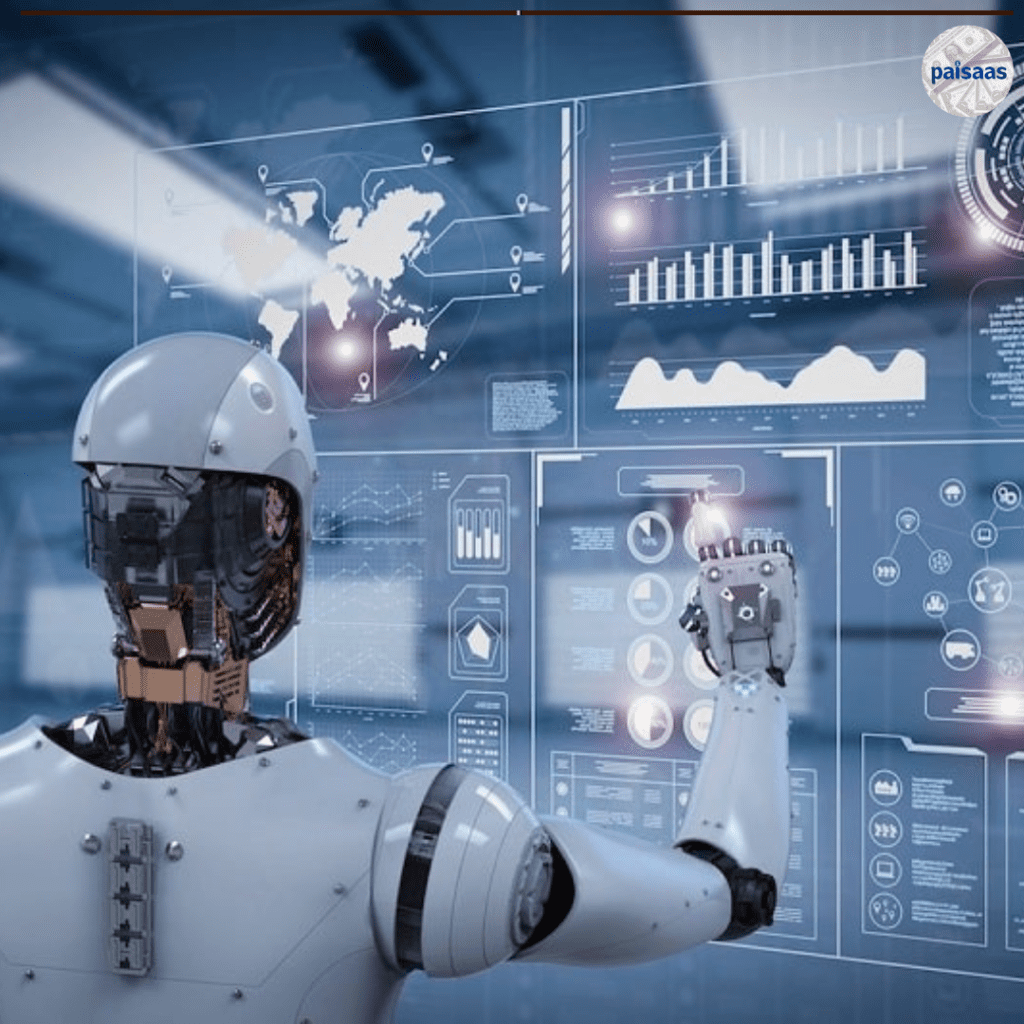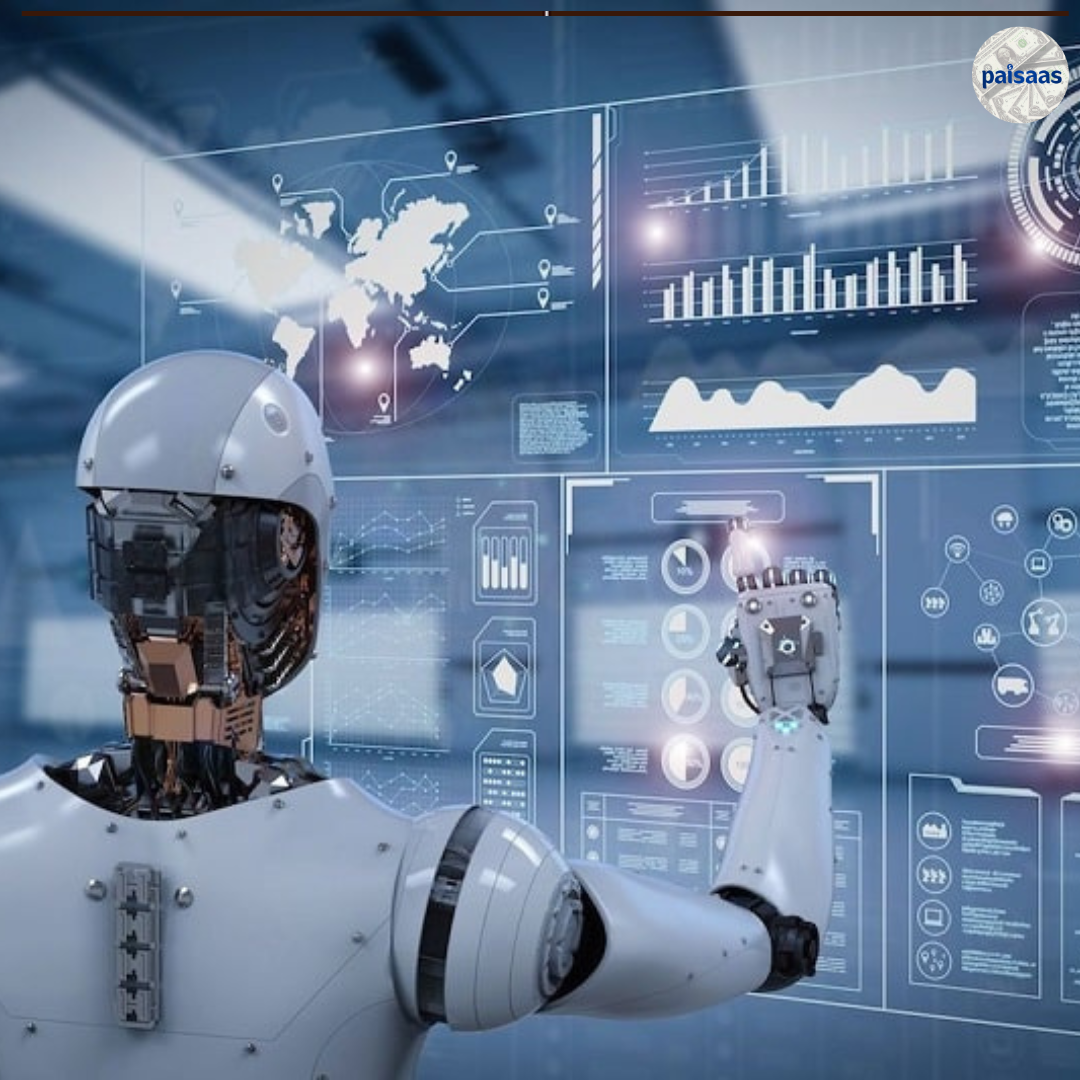

“The Impact of AI on Employment and Economy: Automating Jobs, Benefits, Threats, and Economic Implications”
“The Impact of AI on Employment and Economy: Automating Jobs, Benefits, Threats, and Economic Implications”
Introduction
Artificial Intelligence (AI) has become a disruptive force across various sectors, transforming the way businesses operate and impacting the job market. As AI technologies continue to advance, automation is becoming increasingly prevalent, leading to both benefits and concerns. In this article, we will explore how AI is automating jobs in different sectors, discuss the potential benefits and threats associated with this trend, and examine the economic implications it presents.
AI Automation Across Sectors
AI is being integrated into various industries, resulting in the automation of repetitive and mundane tasks. In manufacturing, for example, robots and AI-powered machines are replacing human workers in assembly lines, leading to increased productivity and efficiency. Similarly, in the transportation sector, self-driving vehicles powered by AI are poised to revolutionize logistics and transportation services, potentially reducing the need for human drivers.
The retail industry is also experiencing the impact of AI automation. With the rise of e-commerce and personalized recommendations, AI algorithms are streamlining processes such as inventory management and customer service, reducing the need for manual labor. Additionally, chatbots and virtual assistants are replacing human agents in handling customer inquiries, enhancing efficiency while minimizing costs.
Benefits of AI Automation
The automation of jobs through AI brings several benefits to businesses and society as a whole. One of the key advantages is increased productivity. AI-powered systems can work tirelessly and perform tasks with speed and precision, leading to higher output and improved operational efficiency. This increased productivity can translate into cost savings and competitive advantages for businesses.
AI automation also frees up human workers from mundane and repetitive tasks, allowing them to focus on more complex and creative endeavors. By eliminating tedious work, AI technologies enable individuals to engage in tasks that require critical thinking, problem-solving, and innovation. This shift can lead to greater job satisfaction and a more fulfilling work environment.
Furthermore, AI automation has the potential to enhance safety in hazardous or physically demanding sectors. By replacing humans in dangerous environments, such as mining or nuclear power plants, AI-powered machines can mitigate risks and improve workplace safety conditions.
Threats and Challenges
While AI automation brings benefits, it also poses challenges and potential threats to employment. One of the primary concerns is job displacement. As AI technology advances, certain roles and tasks that are easily automated may no longer require human intervention. This could lead to a decrease in demand for specific jobs, potentially resulting in unemployment or job insecurity for those whose positions become automated.
Another challenge is the need for upskilling and reskilling of the workforce. As AI automates routine tasks, there is a growing demand for workers with skills in AI development, data analysis, and machine learning. To remain competitive in the job market, individuals need to adapt and acquire new skills that complement AI technologies. This transition may require significant investments in education and training programs to ensure the workforce remains adaptable and equipped for the changing job landscape.
Economic Implications
The widespread adoption of AI automation can have profound economic implications. On one hand, increased efficiency and productivity driven by AI can stimulate economic growth. Businesses can reduce costs, offer competitive prices, and drive innovation, leading to improved market competitiveness and expanded opportunities.
However, there are concerns about the potential unequal distribution of benefits. While some individuals and companies may thrive in the AI-driven economy, others could face challenges and job losses. Addressing this issue requires proactive measures such as promoting inclusive economic policies, investing in workforce development programs, and fostering a culture of lifelong learning.
Moreover, the economic impact of AI automation extends beyond job displacement. It can reshape entire industries, leading to the creation of new jobs and the evolution of existing ones. As AI automates certain tasks, it opens up opportunities for workers to engage in higher-value activities that require uniquely human skills, such as creativity, emotional intelligence, and complex problem-solving. The economy can potentially benefit from these new roles and the associated innovation and economic value they generate.
Conclusion
AI automation is transforming the employment landscape and has far-reaching implications for the economy. While it brings numerous benefits such as increased productivity, enhanced safety, and the opportunity for individuals to engage in more meaningful work, it also poses challenges in terms of job displacement and the need for upskilling. To harness the potential of AI automation, it is crucial to address these challenges by implementing supportive policies, investing in education and training, and fostering a balanced approach that ensures the benefits of AI are shared inclusively. By doing so, we can navigate the evolving job market and leverage the power of AI to drive economic growth and improve the well-being of individuals and societies.




